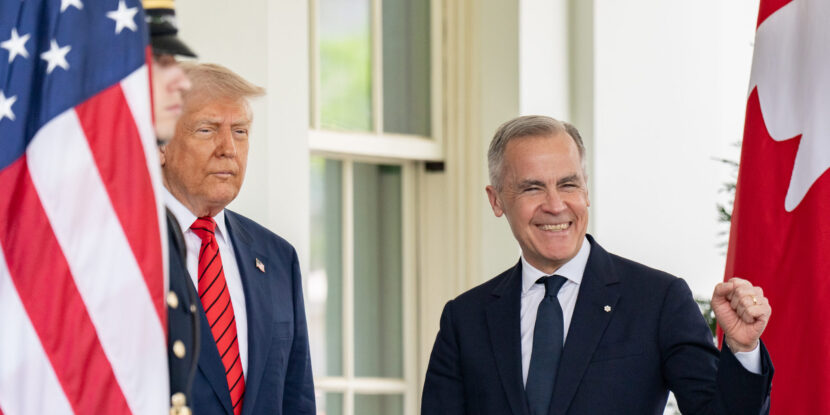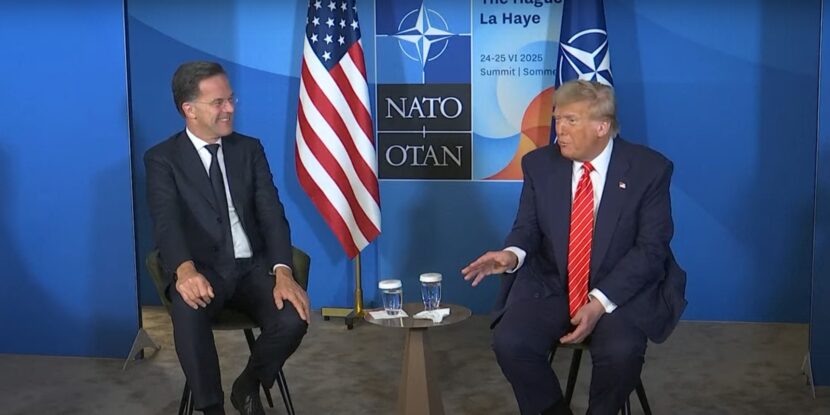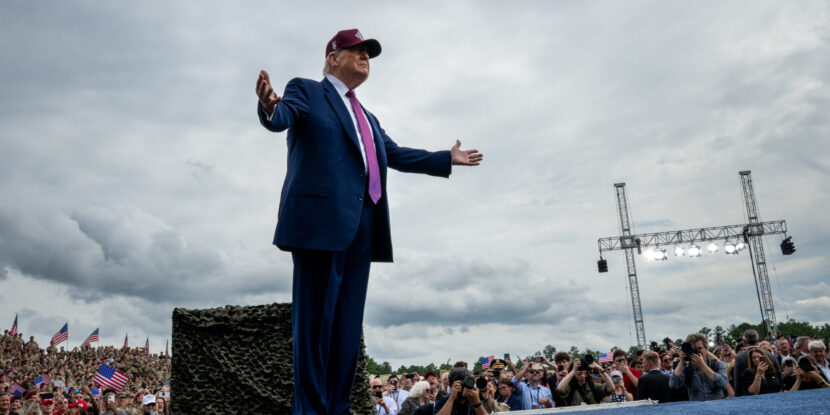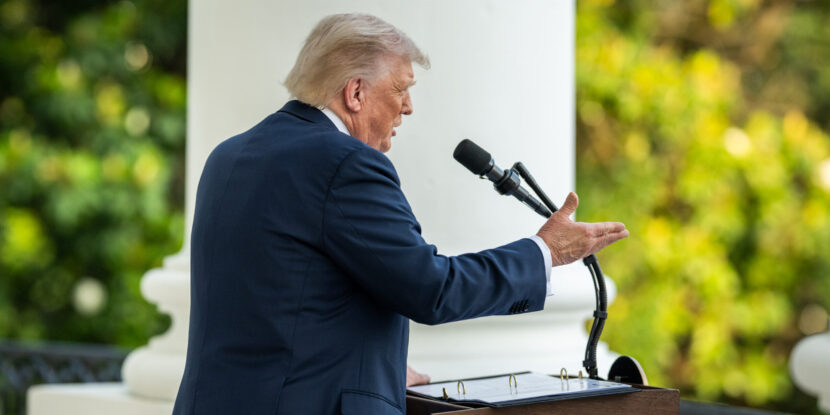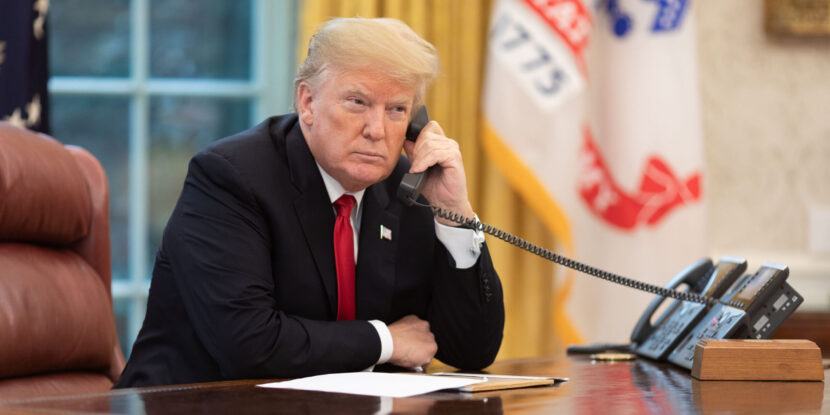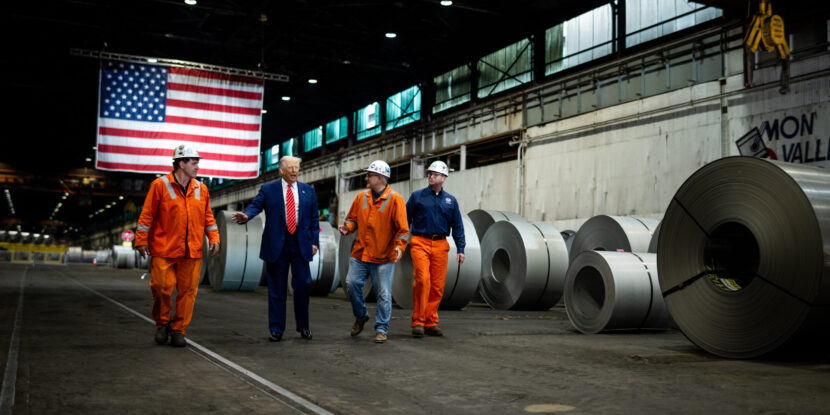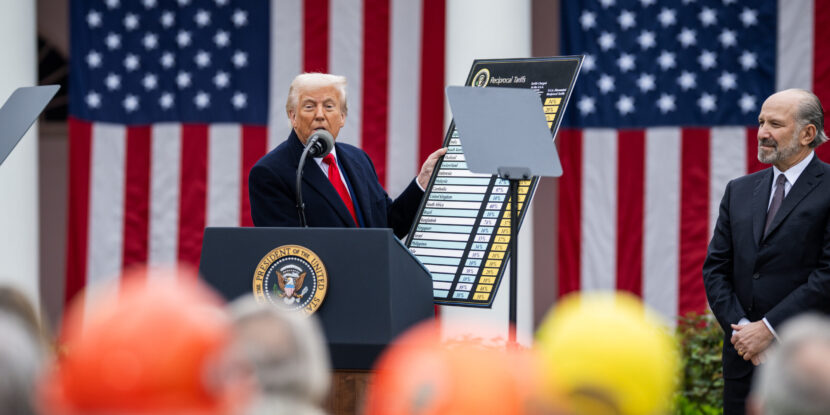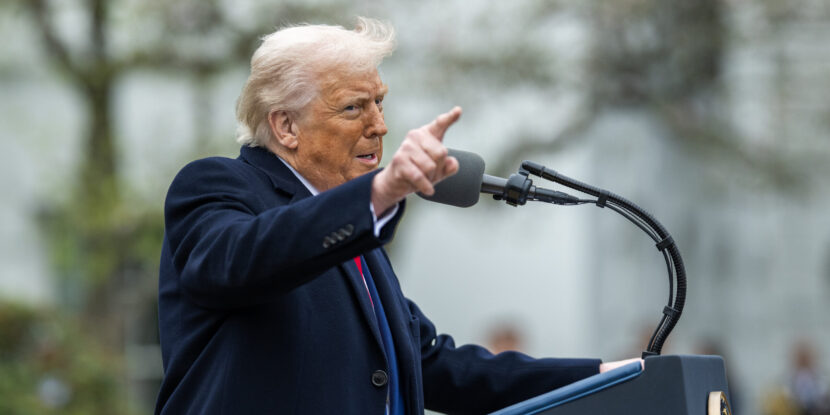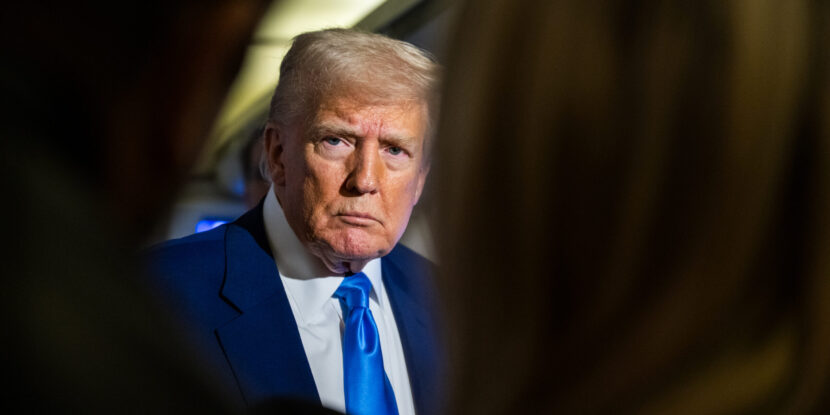❓WHAT HAPPENED: President Donald J. Trump has broken off trade talks with Canada after America’s northern neighbor announced it would implement a digital services tax on U.S. technology companies.
👤WHO WAS INVOLVED: President Donald J. Trump, Canada, the United States, and U.S. technology companies.
📍WHEN & WHERE: Announced Friday, June 27, 2025, on Trump’s Truth Social platform.
💬KEY QUOTE: “We have just been informed that Canada, a very difficult Country to TRADE with, including the fact that they have charged our Farmers as much as 400% Tariffs, for years, on Dairy Products, has just announced that they are putting a Digital Services Tax on our American Technology Companies, which is a direct and blatant attack on our Country,” President Trump wrote.
🎯IMPACT: President Trump indicated the U.S. would retaliate against the Canadian tax on U.S. technology companies by imposing a new round of tariffs on Canadian businesses.
President Donald J. Trump announced on Friday that the United States is ending all trade negotiations with Canada “effective immediately” after the country announced it would impose a digital services tax on American technology companies. The United States and Canada had been engaged in protracted trade talks for weeks, with the negotiations being frustrated by the steep tariffs America’s northern neighbor imposes on U.S. farmers.
“We have just been informed that Canada, a very difficult Country to TRADE with, including the fact that they have charged our Farmers as much as 400% Tariffs, for years, on Dairy Products, has just announced that they are putting a Digital Services Tax on our American Technology Companies, which is a direct and blatant attack on our Country,” President Trump wrote in a post on Truth Social. He continued: “They are obviously copying the European Union, which has done the same thing, and is currently under discussion with us, also. Based on this egregious Tax, we are hereby terminating ALL discussions on Trade with Canada, effective immediately.”
“We will let Canada know the Tariff that they will be paying to do business with the United States of America within the next seven day period. Thank you for your attention to this matter!” Trump added.
In recent weeks, the Trump White House has made significant progress in bilateral trade negotiations with a number of countries. After announcing a global 10 percent tariff in April, the United States has struck trade agreements with both the United Kingdom and China. Additional talks with key trade partners like India and Japan remain ongoing, and agreements with both nations appear imminent.
Join Pulse+ to comment below, and receive exclusive e-mail analyses.
